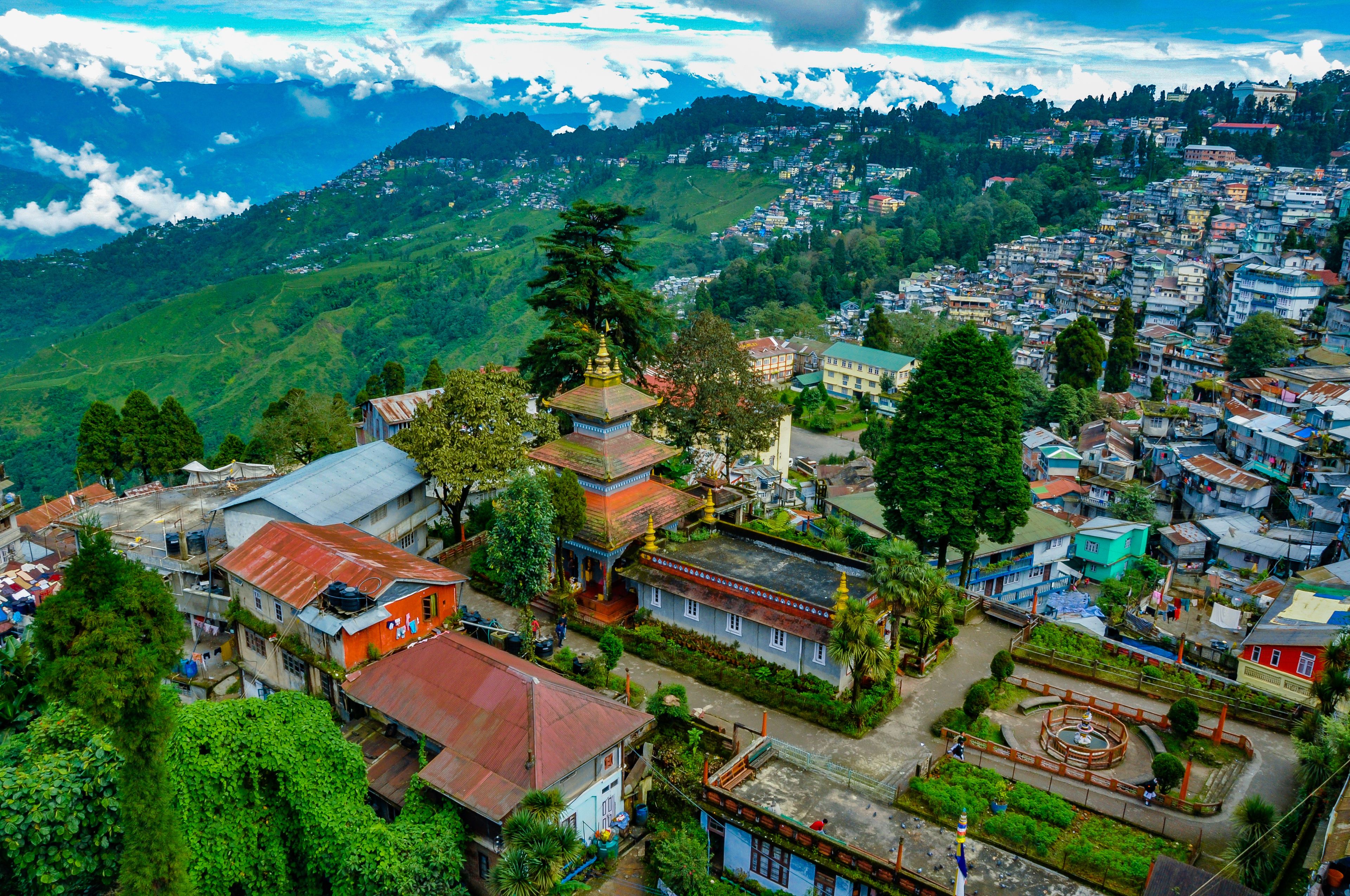The sleeping buddha: singalila ridge

Summary
The Sleeping Buddha | Singalila Ridge
For six days, Kanchenjunga never leaves the horizon.
The locals call it the Sleeping Buddha—8,586 metres of sacred mountain sprawled across the northern sky like a giant at rest. The third-highest peak on Earth, yet so revered that its true summit has never been touched. Even climbers who reach the top stop a few metres short, honouring the belief that the peak itself belongs to the gods. In Sikkimese and Nepali tradition, Kanchenjunga is a guardian deity—protector of the land, keeper of treasures. To walk in its presence for six days is to walk in a sanctuary.
Each morning at dawn, it glows pink and gold. By afternoon, sharp white against blue. At dusk, fading to purple shadow. Through mist, through March cloud, through crystal-clear mornings when the highest peaks line the horizon. Rhododendron and Magnolia petals carpet the path, red, white and pink against the earth. Spring begins here in March. First colour, first warmth, first clear breath after winter. On the ridge, and often inside you too.
Why trek the Singalila Ridge when Everest Base Camp is right there?
Everest is magnificent. It carries the weight of ambition and achievement. A river of headlamps, stories, and striving. For many, that journey matters. For some, it arrives at the wrong moment of life.
The Singalila Ridge offers something else entirely. The same giants in view—Everest, Lhotse, Makalu, Kanchenjunga. A quieter line through the Himalaya, with beauty over crowds. And a gentler altitude: 3,600 metres instead of 5,400. Space to breathe, to think, and to be present. Not simply enduring altitude, but absorbing the mountains.
The Singalila Ridge runs the India-Nepal border. No fence. No drama. Prayer flags mark the line. You might eat breakfast in Nepal, lunch in India, dinner back in Nepal—all without leaving the trail.
The ridge itself does something. Walking with emptiness on both sides. Sky above. Valleys dropping away left and right. Those thoughts that press and circle back home—they have room here. Space to move, space to breathe. They begin to float off on the wind.
You camp under stars some nights. Tents pitched where the stars feel close enough to touch. The Milky Way smeared across the sky. Kanchenjunga's dark silhouette against the brilliance. You step out at 5am, waking clear-headed in air so clean it can feel like breathing for the first time. The frost glitters on the grass, and the silence is so profound you can hear your own heartbeat.
Other nights, wooden lodges in Sherpa villages. A grandmother pours butter tea by the Bukhari stove. Children walk to school calling "Namaste!" as they pass. Your guide sings a Nepali folk song after dinner, and many join in despite not knowing the words. Tea, laughter, woodsmoke. Warmth.
Trekking alongside the Sleeping Buddha doesn't heal you. Yet over six days in its presence, quiet arrived. Thoughts that pressed and circled found their proper size. Some blew away on the wind. What remained felt manageable again.
What to expect
- Trek to Sandakhphu (3,636m), the highest point in West Bengal, for views of Everest, Lhotse, Makalu and Kanchenjunga.
- Hike the Singalila Ridge on the border of India and Nepal, with ever-changing panoramas.
- Explore Darjeeling and experience the iconic Himalayan toy train.
- Camp under the stars in pristine mountain landscapes.
- Discover the forests, flowers, and cultures of the Eastern Himalayas.



